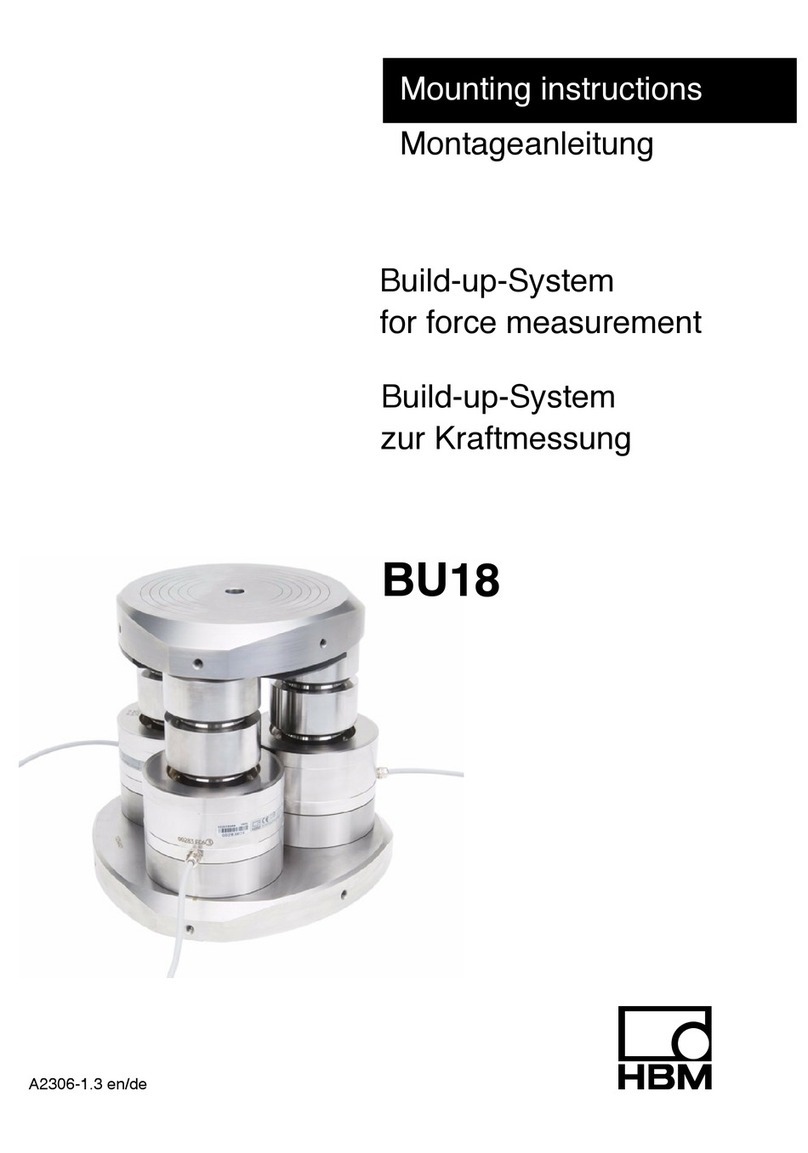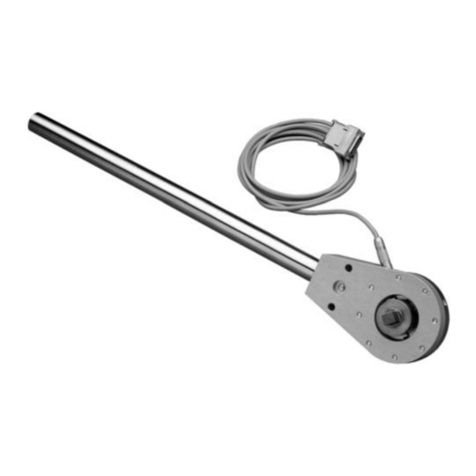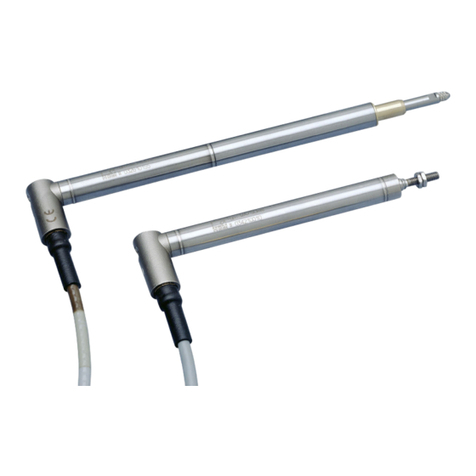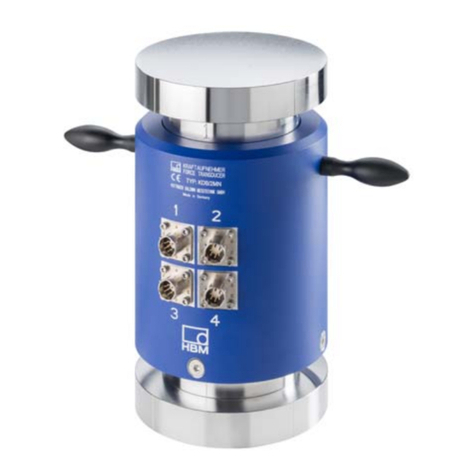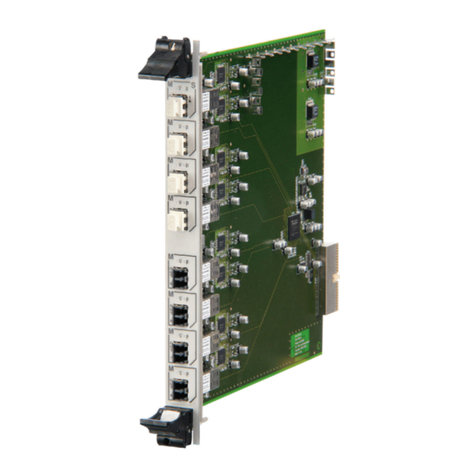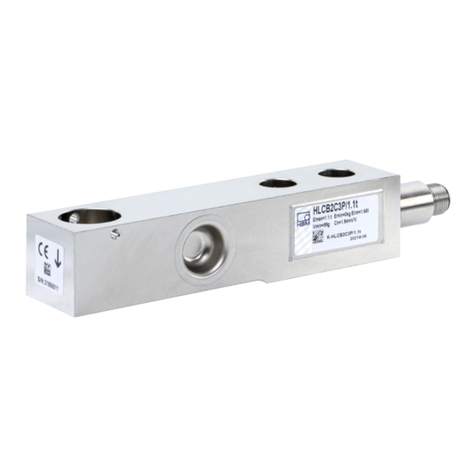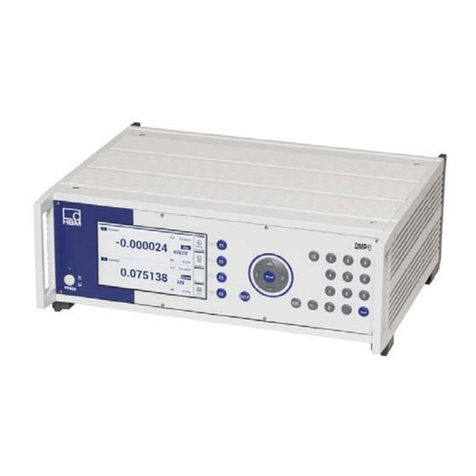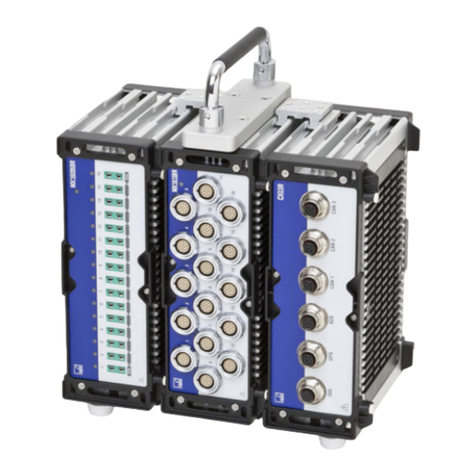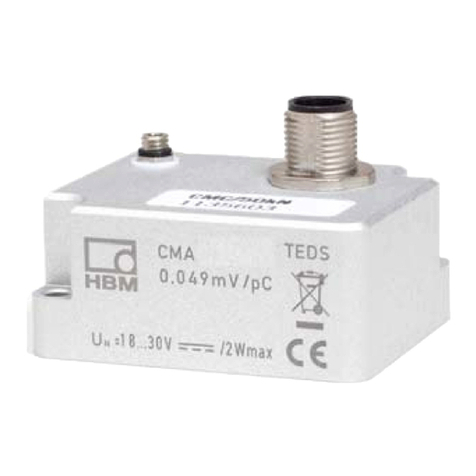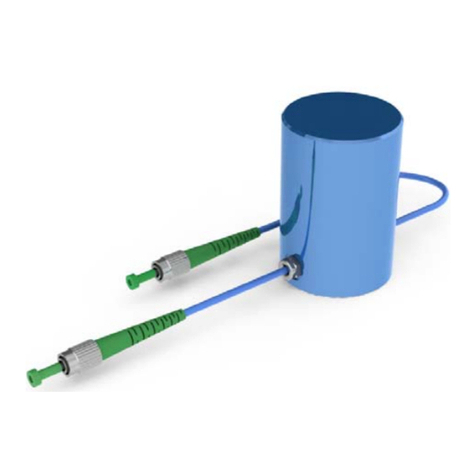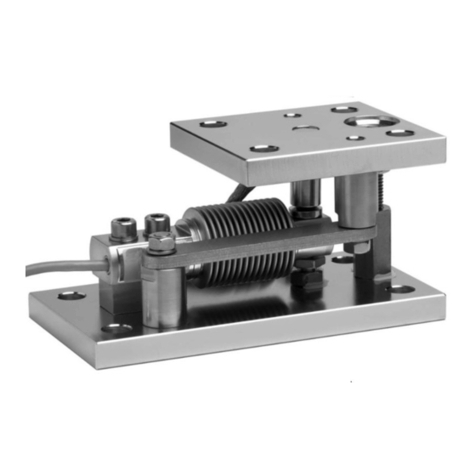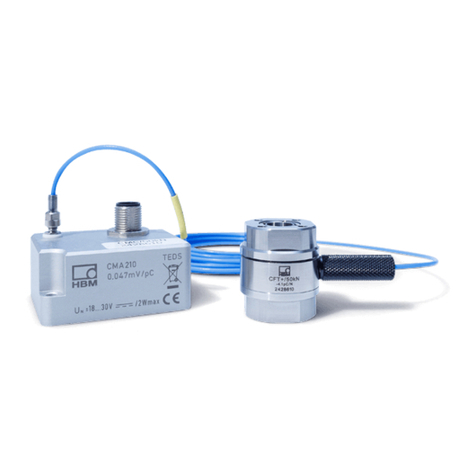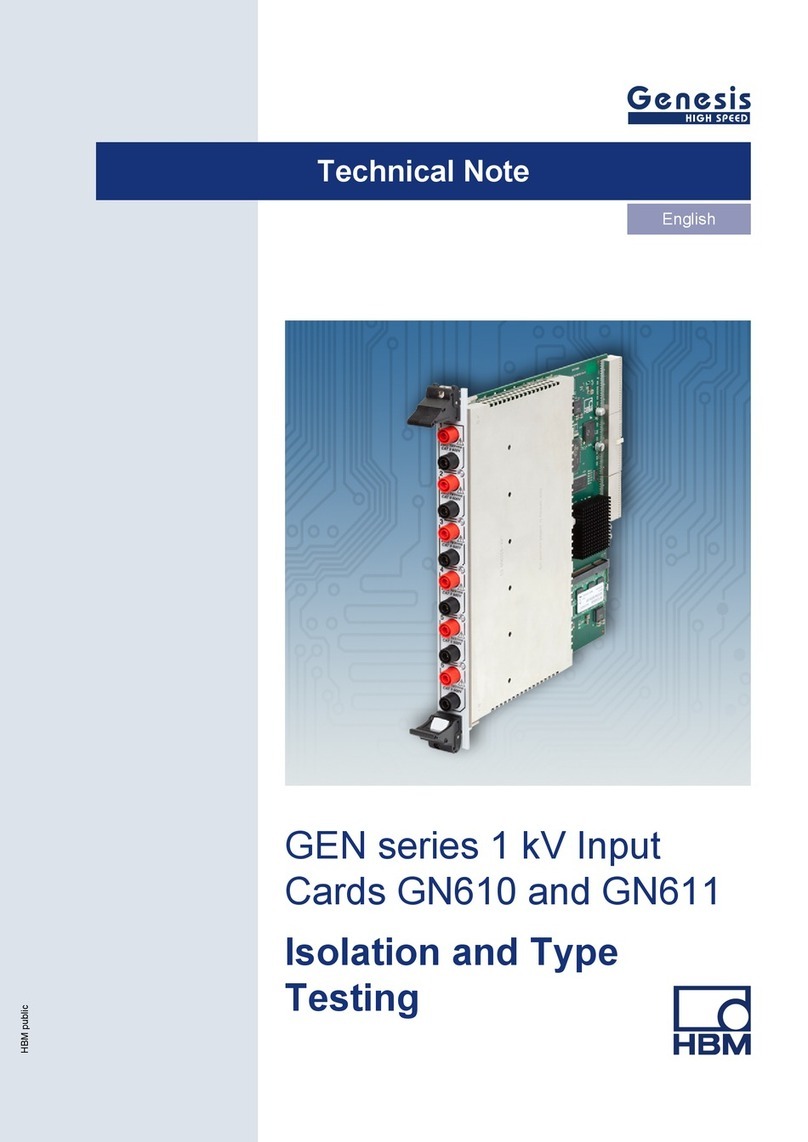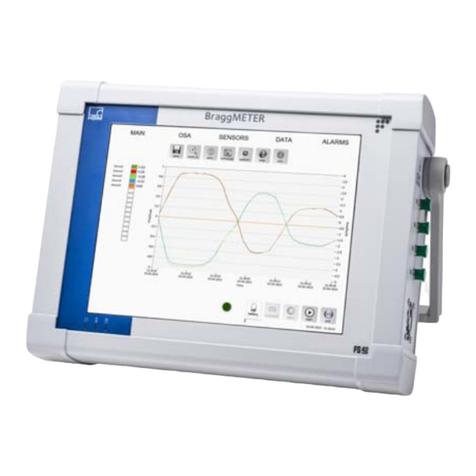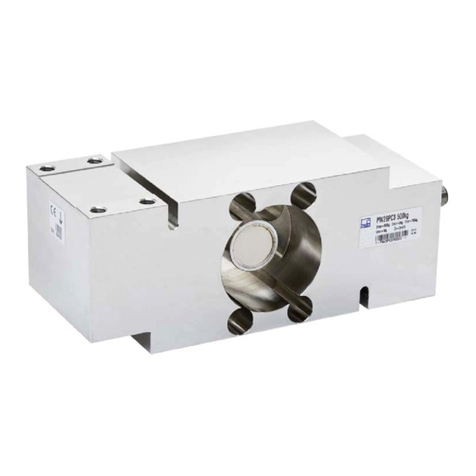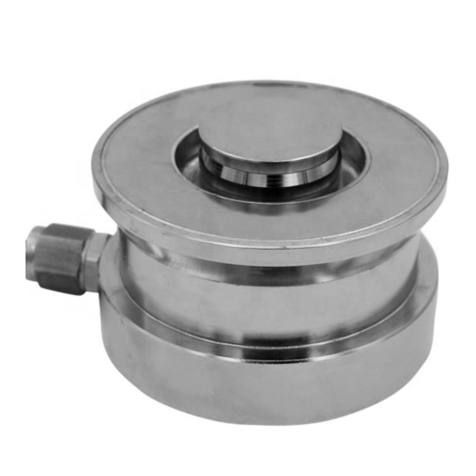
T10FH A2037-5.0 HBM: public 3
English
1 Safety instructions 5........................................
2 Scope of supply 9..........................................
3 Application 10...............................................
4 Structure and mode of operation 11...........................
5 Mechanical installation 13....................................
5.1 Conditions on site 14..........................................
5.2 Mounting position 15..........................................
5.3 Mounting sequence 15........................................
5.4 Preparing for the rotor mounting 18.............................
5.5 Mounting the rotor 22..........................................
5.6 Installing the stator 25.........................................
5.7 Installing the clamp fixture 27...................................
5.8 Aligning the stator (speed measuring system) 29..................
6 Electrical connection 32......................................
6.1 General hints 32..............................................
6.2 Shielding design 33...........................................
6.3 Connector pin assignment Option 3, Code SU2 34................
6.4 Connector pin assignment Option 3, Code PNJ 37................
6.5 Supply voltage pin assignment (Option 3, Code SU2) 38...........
6.5.1 Supply voltage for self-contained operation 38....................
6.6 Supply voltage (Option 3, Code PNJ) 39.........................
7 TEDS transducer identification (Option 3, Code PNJ) 40........
7.1 Hierarchy of user rights 40.....................................
7.1.1 Standard rights (USR level) 40.................................
7.1.2 Calibration rights (CAL level) 40................................
7.1.3 Administrator rights (ID level) 41................................
7.2 Content of the TEDS memory as defined in IEEE 1451.4 41........













